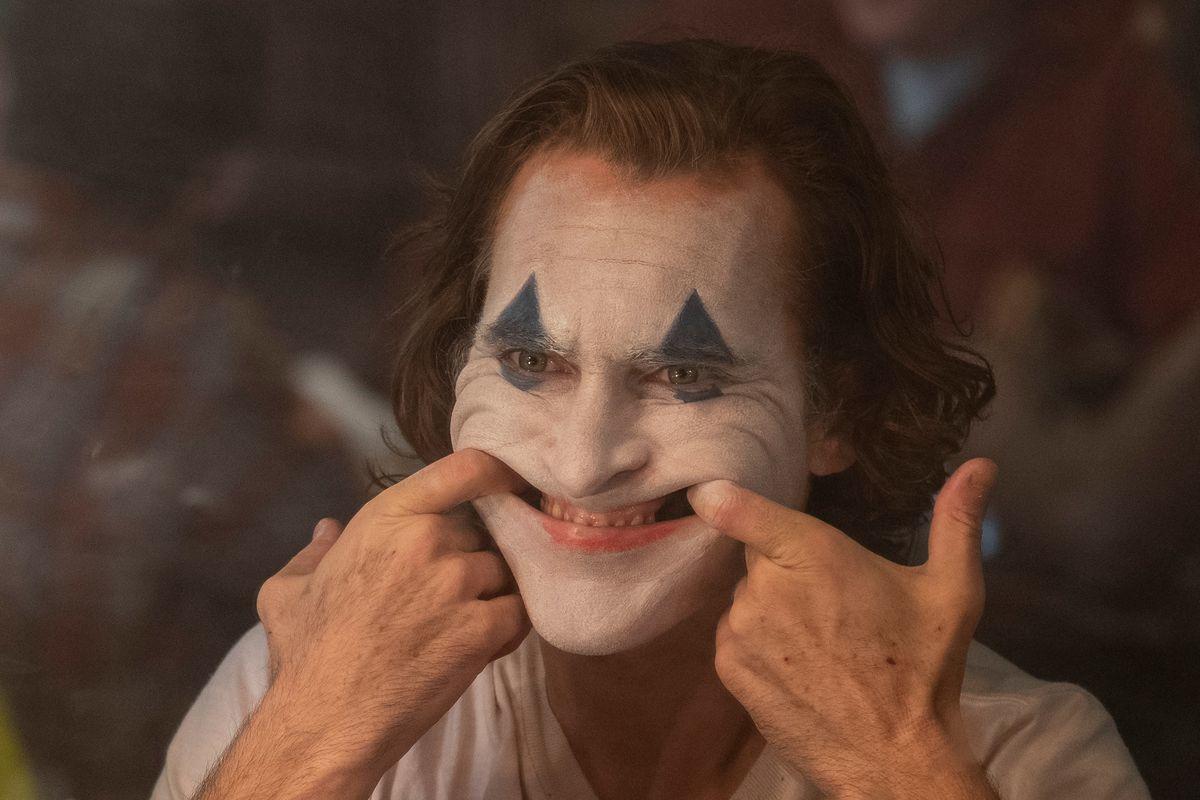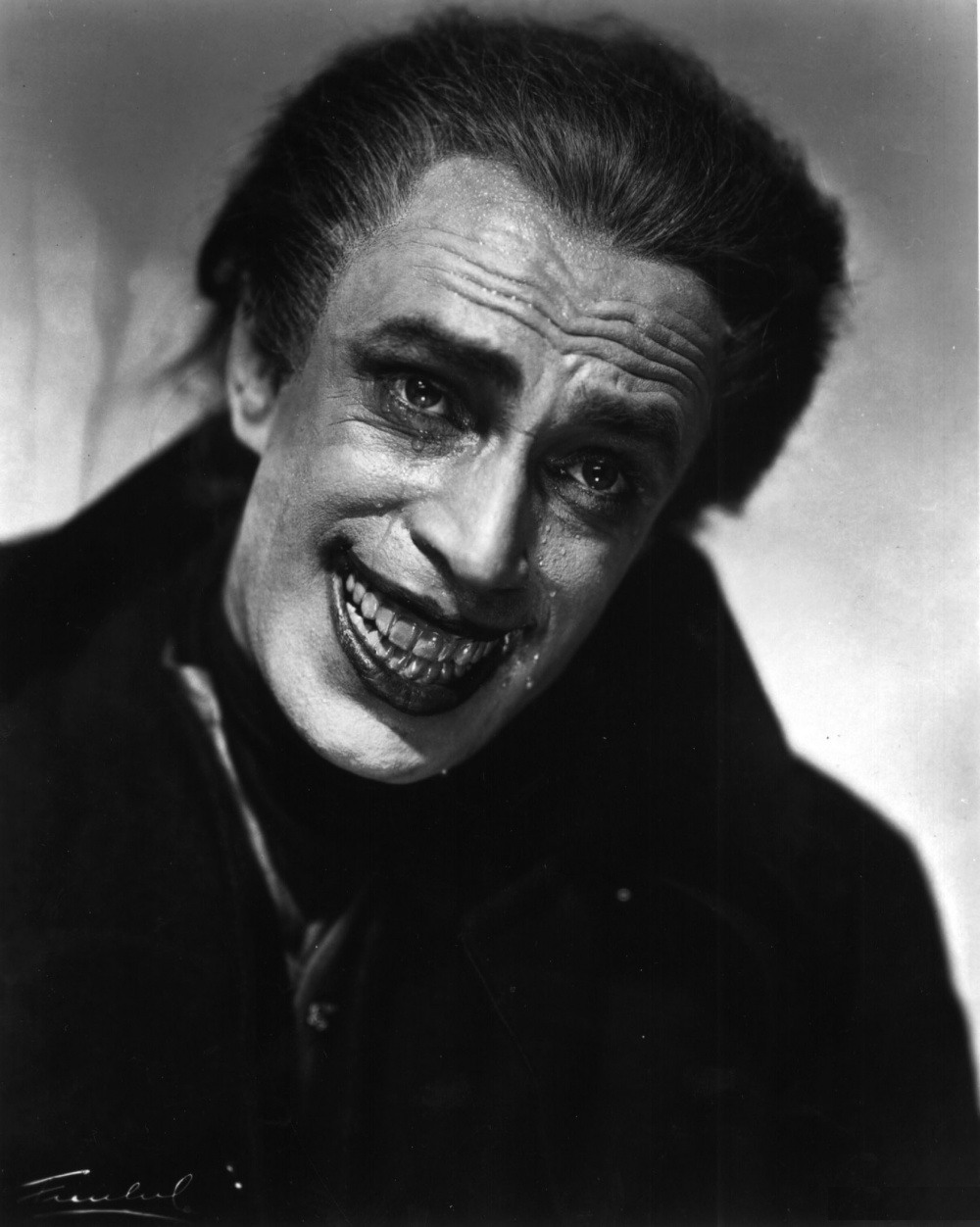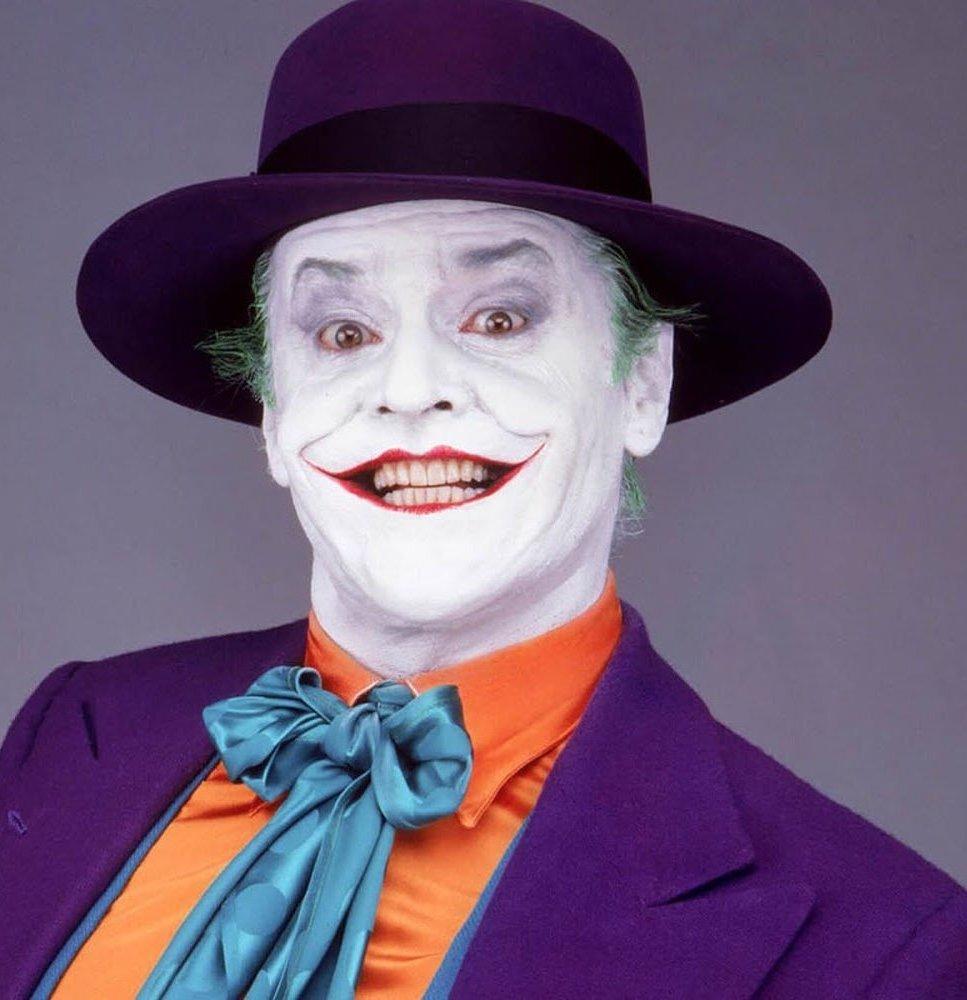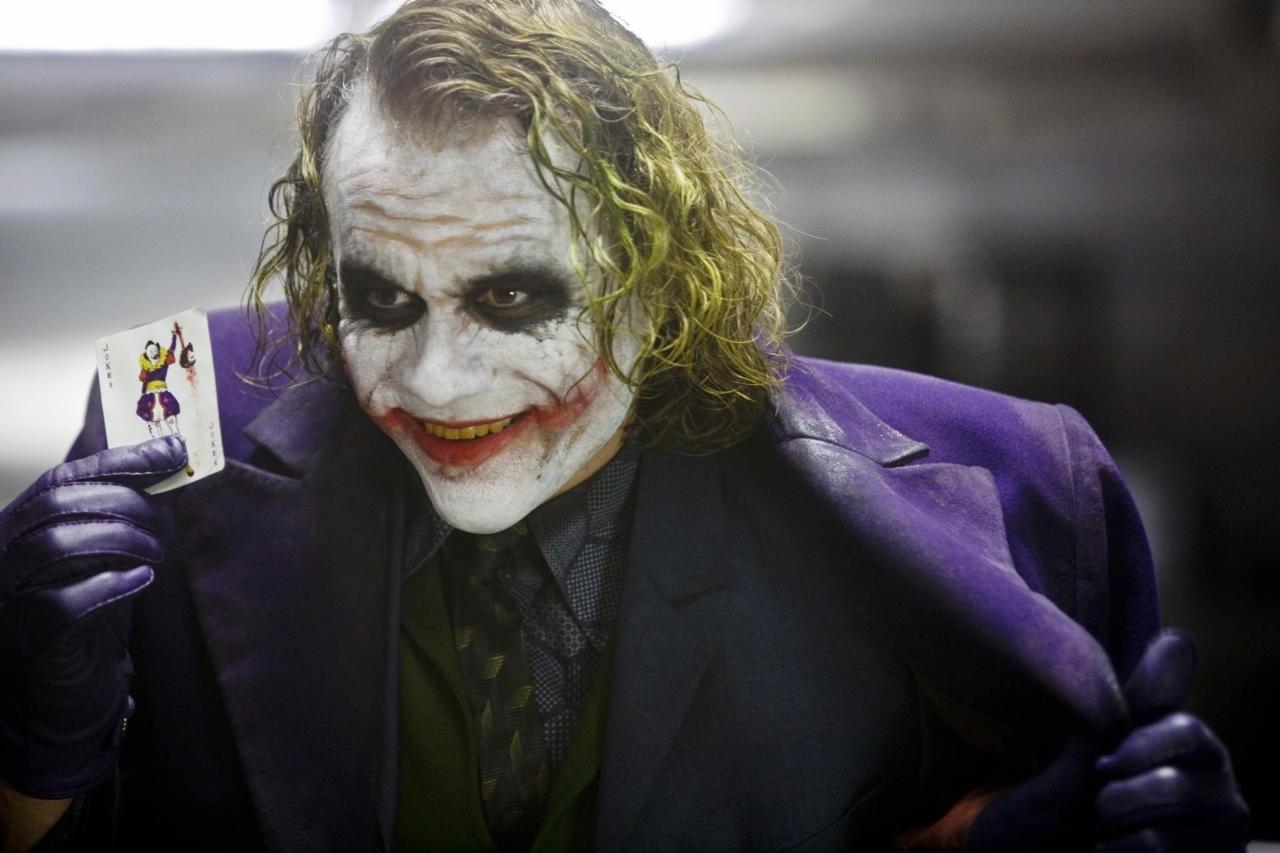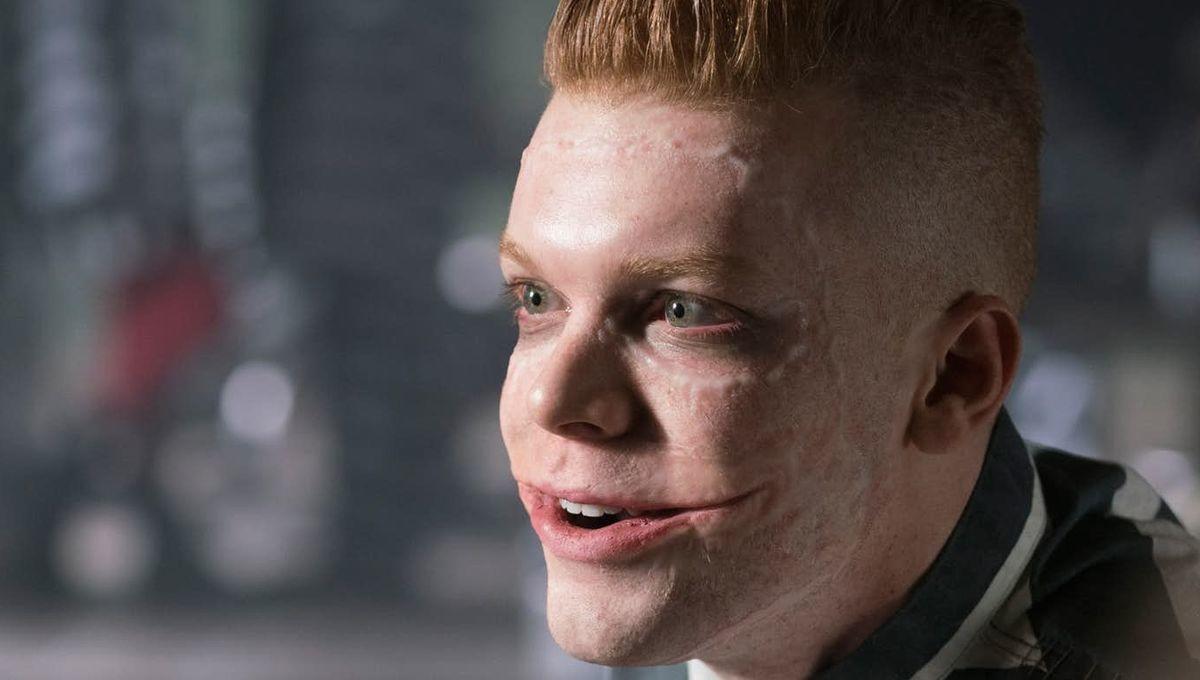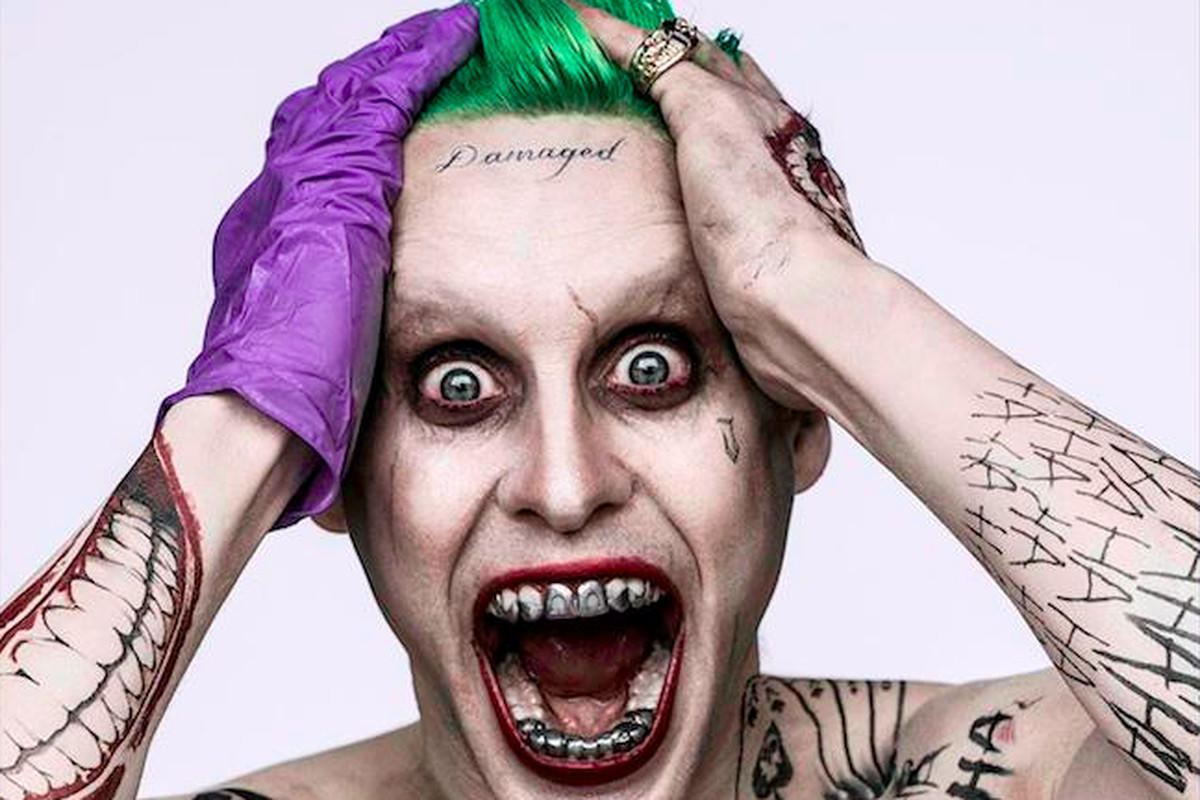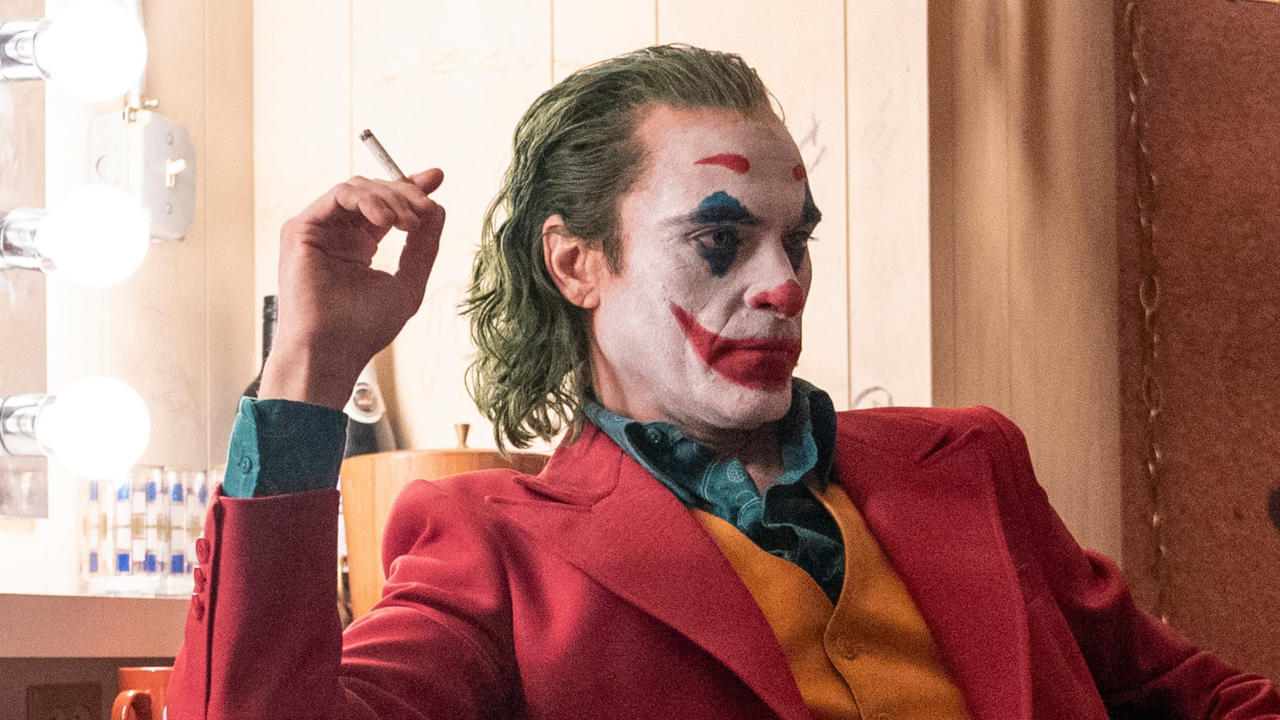The Evolution Of The Live Action Joker
GameSpot may receive revenue from affiliate and advertising partnerships for sharing this content and from purchases through links.
Put on a happy face.
Love him or hate him, Joker is one of the most famous and instantly recognizable comic book villains of all time--a title that is only solidifying further now that his solo film debut is out in the wild, making wave after controversial wave. But Joker's fame isn't just because creepy clowns are always scary and fighting Batman is always cool. The character has experienced a slow but extremely high-profile evolution over time, not only on comic book pages and in cartoons, but in live-action performances too, which has helped him reach massive audiences both in and out of various pop culture fan communities.
The Joker's comic book history may be one thing, but his history on the big and small screen is another thing entirely--and one that, in light of his recent blockbuster success, is definitely worth sitting down and taking a closer look at.
Conrad Veidt (The Man Who Laughs)
Okay, sure. This isn't technically an actual, intentional live-action version of the Joker, but it's still important to understand the history here. Conrad Veidt's character Gwynplaine in the 1928 silent film The Man Who Laughs served as a direct visual inspiration for Jerry Robinson, Joker's co-creator in 1940. So while Veidt may not have actually been trying to embody a DC comics character with his performance--clearly, DC Comics didn't actually exist when the movie was being made--if you want to get really nitty-gritty about things, Gwynplaine is technically the first live-action "Joker" in history, and the point from which all other live-action Jokers spring from in one way or another.
Cesar Romero (Batman '66)
The world's first live-action Joker came in the iconic camp classic '60s TV show, played by actor Cesar Romero, who, famously, refused to shave his trademark mustache for the role. The makeup artists dealt with this by just smearing white grease paint over it, which resulted in a weird--yet undeniably memorable--new look for the character.
It's important to remember that at the time of Romero's casting and the '60s TV show, the dark, gritty, violent Joker we know today absolutely did not exist. The character was introduced with the same thin pretense as most '40s and '50s superheroes and villains--he was just a run-of-the-mill criminal with a visual gimmick to make him more interesting for readers to look at and for artists to draw. It was only over time that the Joker's personality and would-be "aesthetic sensibilities" really started to solidify. But even as they did, it was Romero's role in the TV show that really drove that idea home, and made the Joker an instantly recognizable character in DC's pantheon.
Jack Nicholson (Batman '89)
Nicholson's Joker occupies an interesting area of Batman history. The halcyon days of the '60s TV show were long gone by 1989 and the Batman comics revival courtesy of books like The Dark Knight Returns and Batman: Year One was well underway. The public's perception of Bruce Wayne was evolving, and with it, so was their perception of his rogues.
Still, it wouldn't be correct to say Nicholson's Joker is particularly grim or gritty. He blurs the lines between Romero's traditional clownery and the new, much darker sensibilities infused within Gotham City by being, essentially, the halfway point between the two. His Joker attempted to make more sense--he was given a real origin story that tied him directly to Bruce Wayne, and a physical deformity which lead to the whole clown gimmick--but he still strutted around in a bright purple clown suit in a cartoonishly gothic Gotham City.
Heath Ledger (The Dark Knight)
By the time 2008 rolled around, fans’ idea of Batman had been totally reinvented. The camp of the '60s was long, long gone and books like The Killing Joke, A Death In The Family, and Arkham Asylum had established Joker more strongly in recent memory than any slapstick gags. Joker was, at this point, well known and understood as a psychopath and a murderer, and Heath Ledger's role in The Dark Knight only cemented that concept further.
Ledger's Joker was messy, anxiety-inducing, and brutal. He shed all the cartoon trappings of his predecessors in favor of an edge that would go on to define live-action Jokers for years to come. This is where we began to see the adaptations really lean into some of the ideas the comics had been passively playing with for years. Things like Joker being a completely unreliable narrator when it came to his own stories, the fact that he killed without motivation, that his fixation of Batman really had nothing to do with his own past at all, that it was only a flight of fancy for him with no deeper meaning at all. The sharply dressed, novelty gag slinging clown of the '60s and '80s was long, long gone and in his place, there was one of the most horrifying men in Gotham.
Cameron Monaghan (Gotham)
If Ledger's Joker really leaned into the more chaotic elements of the character, Cameron Monaghan's incarnation of "Jerome" and "Jeremiah" on the Gotham TV show took the ball and sprinted away with it. Like most characters on Gotham, Monaghan wasn't trying to specifically be the Joker the way any of his predecessors had--everything about the show was loosely inspired by the Batman mythology at best--but that didn't make the influence any less obvious. Jerome/Jeremiah owed his strange and stylized evolution to Ledger's take on the character if only for the constant back-and-forth he experienced with the truth. Was he actually supposed to be the Joker? Was any part of his backstory the truth? Did those questions even matter in the face of how horrifically violent and brutal he was?
Jared Leto (Suicide Squad)
Leto's version of the Joker takes some of the groundwork laid by Nicholson and Romero--the over-the-top performative aspects and flair for drama--and modernizes it, arguably in the worst way possible. Clearly there's a precedent for the choices made here, but Suicide Squad's version of the Joker leaned in a little bit too hard and came out the other side looking less like a clown and more like the worst person you can remember from your most embarrassing moments in high school. But cringe-worthy as it may be, the fundamentals are all there--this Joker is hyper-violent, a gangster more than a petty criminal, interested more in the aesthetics of his "brand" than the viability of any of his crimes.
Joaquin Phoenix (Joker)
Arthur Fleck isn't exactly an anomaly in the spectrum of live-action Jokers, but he's not really traditional either. Where Leto ran in one direction with the more physical aspects of the character, Phoenix went the opposite with the mental. This is a Joker that is much, much less concerned with actually "looking" the part (though he does, undeniably, look the part) and much more interested in selling the origin story--a part of the character that hasn't been solidly examined in live-action since Nicholson in the '80s. As such, Fleck feels less like another link in the Joker chain and more like a return to or a re-examination of the branching-off point that occurred somewhere between Nicholson and Ledger.
